- Warehouse Wisdom. Weekly.
- Posts
- Warehouse Wisdom. Weekly. 2/9/2024
Warehouse Wisdom. Weekly. 2/9/2024
Only the most relevant news for SMBs to improve logistics – picked, packed, and delivered without the bias.
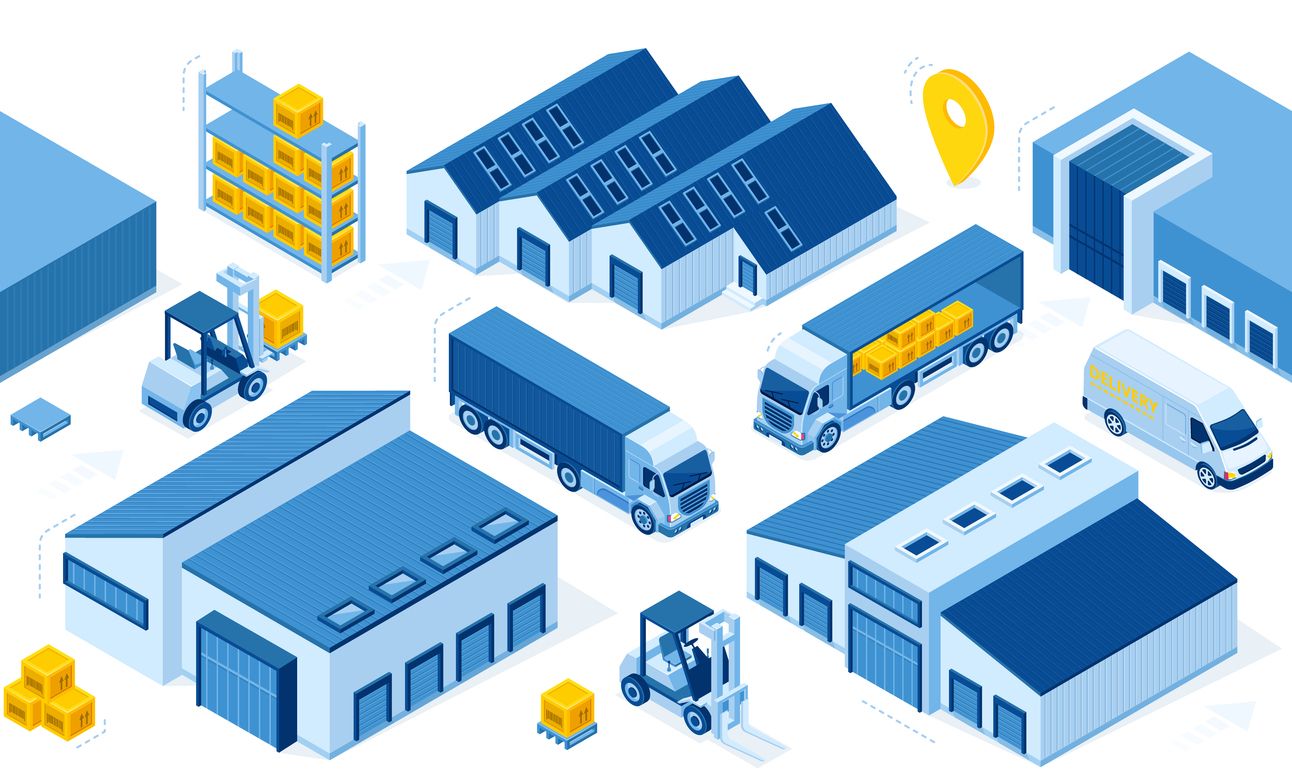
Happy Friday!
As we gear up for the weekend, much of the world is eagerly waiting to cheer on their favorite NFL team in the Super Bowl, excited for those unforgettable commercials, or curious to see if Taylor Swift will make a surprise appearance at the game. It's the little joys in life that keep our spirits up!
However, on a much more serious tone, the situation with the Houthi strikes in Yemen has escalated to a new level of danger, posing significant risks to Red Sea shipping. The U.S. and U.K. have responded with additional force, launching strikes in Yemen against Houthi targets to protect this crucial maritime corridor. Meanwhile, the shipping industry is adapting with revised guidelines to navigate these troubled Red Sea waters safely. The ripple effects are being felt far and wide, with even retailers now voicing their worries over potential shipping delays and price hikes. Can the logistics world get any more heated and complex?
We wish we could say otherwise, but the logistics heat index just isn’t cooling, and this week, we delve into the challenges brewing for the commercial real estate industry, Amazon's adjustments to inbound shipments, the buzz around the upcoming Indo-Pacific trade deal, and much more. Let’s jump right in...
LOGISTICS VITALS
COMMERCIAL REAL ESTATE BANKING IS WALKING ON SHAKY GROUND

This week's vitals spotlight the simmering troubles within the commercial real estate sector. Banks like New York Community Bancorp have taken a hit, with a sharp dividend cut and a worrying net quarterly loss. The factors? Soaring interest rates and a shift in demand due to more people working from home. Such developments are exposing the banking world to substantial, ‘eyebrow raising’ risks (CRE concentration ratios above 300% flag banks for additional scrutiny):
New York Community Bancorp’s subsidiary, Flagstar Bank, is sitting on a staggering 477% CRE concentration ratio with assets of $116.3 billion.
Valley National Bancorp isn't far behind, with a 472% CRE concentration ratio against its $61.18 billion assets.
Bank OZK, City National Bank of Florida, and multiple prominent U.S. regional banks also have CRE concentrations well above 300%, indicating heavy exposure to commercial and multifamily mortgage risks.
And the concern isn’t just domestic. Overseas, Germany’s Deutsche Pfandbriefbank has warned of a persistent downturn in real estate markets.
ONLINE MARKETPLACES
AMAZON FULFILLMENT USERS ARE IN FOR SOME CHANGES IN 2024

Heads up, Amazon FBA users! More changes from Amazon are on the horizon, and if you're using Fulfillment by Amazon (FBA), you'll want to perk up. The giant is tweaking its inbound shipment game and requirements. This could spell changes to how and where you need to send your products. Does this mean more challenging inbound and Amazon prep requirements? Most likely.
While we're left guessing on specifics, it's clear Amazon's aiming for efficiency and speed, leveraging generative AI for smarter inventory forecasting and transitioning to a regional network model for swifter deliveries. Plus, they're rolling out a new “inbound placement fee” come March to align with this strategy. Keep a close eye on these developments and rising costs for FBA - they may cause you to think twice about bringing operations in-house or using FBM.
But on a positive note, Amazon is also broadening its ‘Ships in Product Packaging’ (SIPP) Program. More sellers can now ship products in their own boxes, rather than the familiar Amazon packaging. This move cuts down on waste and opens doors for brands to personalize the unboxing experience, all while saving on costs. Oh, and you can flex your branding muscles with your own branded packaging!
Finally, we conclude our marketplace brief with a quick drink from the firehose of AI updates. Rufus, Amazon's AI shopping assistant, aims to take product discovery to new heights. And Wayfair and IKEA are also stepping up their AI game as well. Wayfair's Decorify app for Apple Vision Pro invites users to a new realm of home design, allowing them to upload images of their home and see their living spaces redesigned. Meanwhile, IKEA's AI-driven design tool offers a futuristic approach to home furnishing, providing personalized recommendations to questions like, “show me a cozy living room for a small apartment using sustainable materials”.
Which leaves us thinking - is there an AI that can keep up with all of the changes?
Time to Add AI to Your Portfolio
Marketing is an art, not a science — or, at least it was.
RAD AI is an essential AI technology that tells brands who their customer is, and how to best create content that significantly boosts ROI. And 3X revenue growth this year suggests it's working.
Major clients like Hasbro, MGM, and Sweetgreen — 6,000+ investors already trust RAD including VCs, Fidelity and execs from Google/Amazon. Over $27M invested, backed by Adobe Fund for Design.
Get in on the ground floor! Learn more and invest here.
83% Subscribed, Invest Before Feb. 16th, Closing Soon.
WAREHOUSE TECH
FREIGHT PICK-UPS AND DELIVERIES ARE GETTING SMARTER
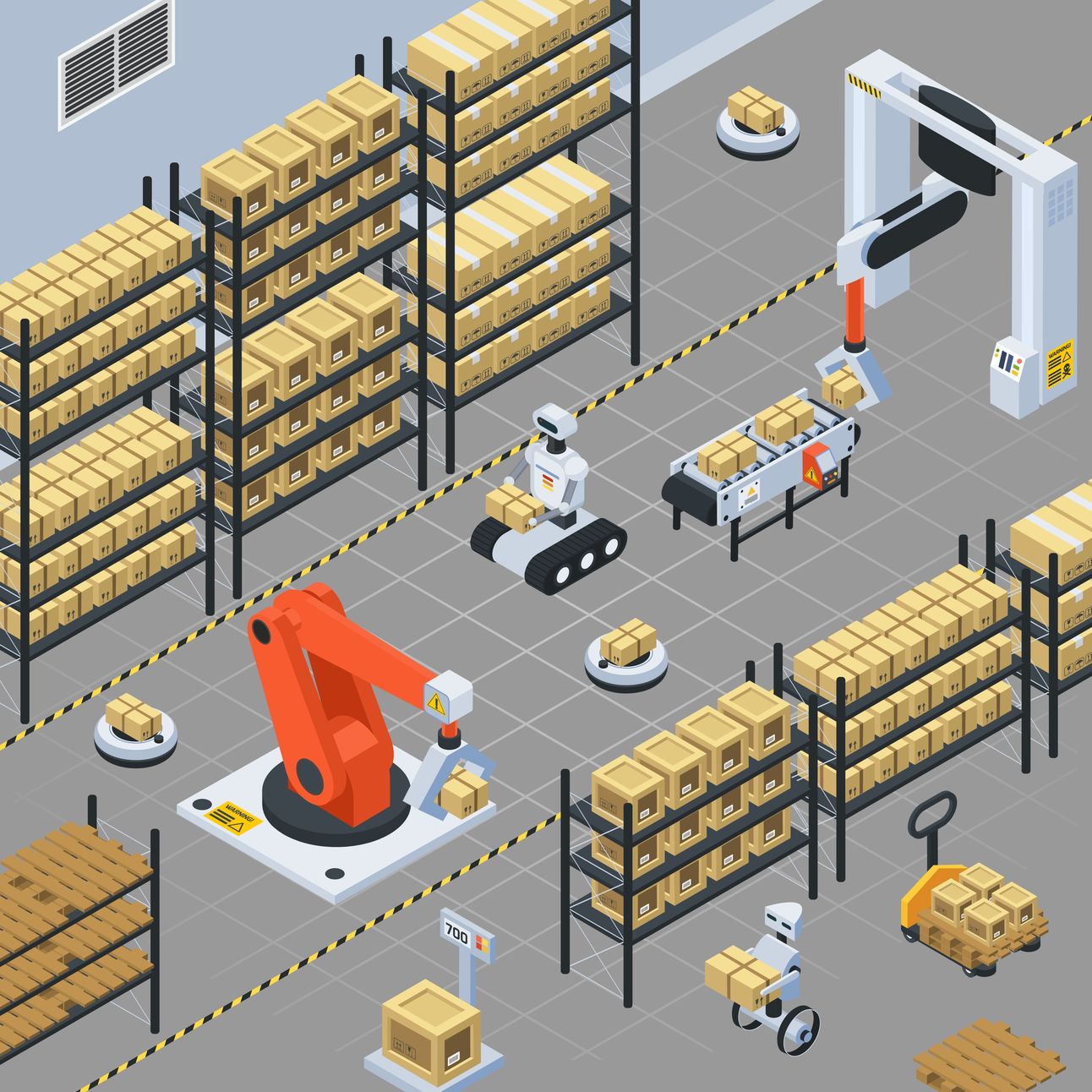
How has AI and tech impacted logistics this week? Look no further than the warehouse docks. C.H. Robinson is leading the charge with their groundbreaking touch-less appointment technology. This smart system uses artificial intelligence to automate the scheduling of freight pick-ups and deliveries, selecting the best times based on detailed transit data and facility usage. The results? A remarkable saving of time, with scheduling now under two minutes and speeding up freight movement by over seven hours on average!
But the innovation doesn't stop there. Retail is also getting a high-tech makeover, adopting e-commerce technologies to enhance in-store experiences. With advanced tools like computer vision and electronic shelf labels, retailers can now precisely track shopper behavior, adjust pricing in real-time, and offer personalized promotions, much like online shopping experiences.
Meanwhile, The Feed, a sports nutrition retailer, is paving the way for other retailers by taking a bold step into the future with the introduction of Brightpick auto-picker robots in its Colorado warehouse. These robots are set to revolutionize order fulfillment, capable of handling 5,000 orders daily, while cutting picking labor by 98% and cutting picking costs in half. Employees are apparently being transitioned to new roles within the company. But with that much potential for cost decreases, will good old human labor be able to compete in the long run?
FREIGHT AND SHIPPING
WHAT’S UP WITH THE INCREASE IN CONTAINER SHIPMENTS FROM CHINA?
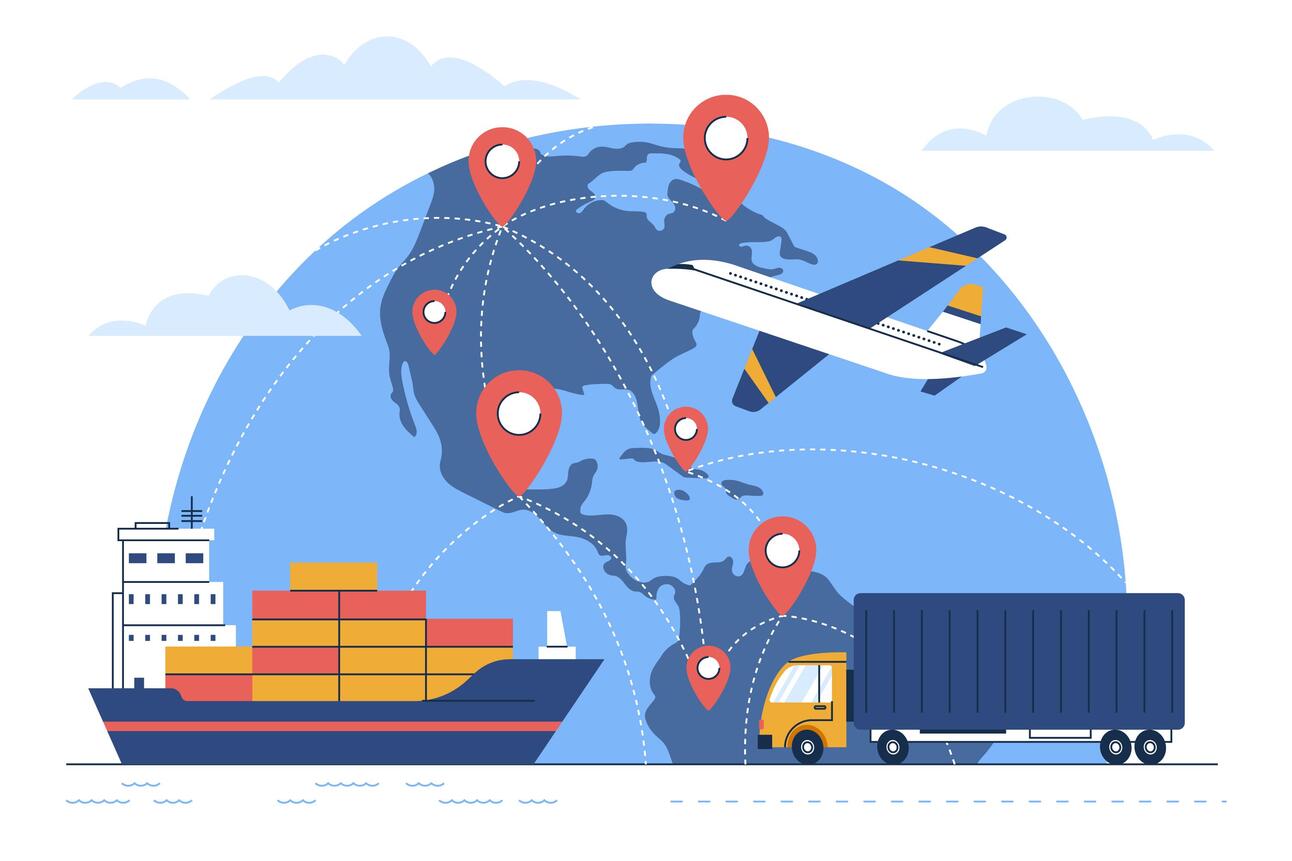
Here’s a riddle for you. Is it possible for China’s GDP to slow but their container exports into the U.S. increase? Surprisingly, the answer is “yes.” In fact, the uptick in container shipments from China to the US just hit levels not seen since May 2022. How is this even possible? Well, the pre-Chinese New Year rush and a keen eye on boosting retail inventories have pushed spot rates over the $4,500 mark for a forty-foot container. And let's not forget the impact of the Red Sea conflicts and the detour around the Cape of Good Hope, shaking things up further.
Air cargo's got its own tale of unexpected twists as well. January saw a 10% jump in global volumes because of the Lunar New Year and those Red Sea skirmishes again. But here's the kicker: even with more goods flying across the skies, air cargo rates actually dropped by 12%. It's a bit of a head-scratcher, but it shows the complexity of balancing supply and demand.
Now, for some news that's been a long time coming: after 19 months of watching and waiting, transportation prices are on the rise again. Fresh off the holiday shopping frenzy, retailers are filling up their warehouses, pushing the Logistics Managers’ Index into expansion mode for the first time in nearly two years. This could signify shifting winds in the freight market, with tighter capacity and higher utilization rates hinting at more changes on the horizon.
And speaking of changes, diesel prices have risen for two consecutive weeks, a sight we haven't seen since last September. While crude oil prices are still trying to find their footing, the diesel market is showing some robustness, with a noticeable gap between crude and ultra-low sulfur diesel prices.
WAREHOUSE OPERATIONS
MANUFACTURING CLIMBS IN JANUARY BUT CHINA WORRIES CLOUD THE OPTIMISM
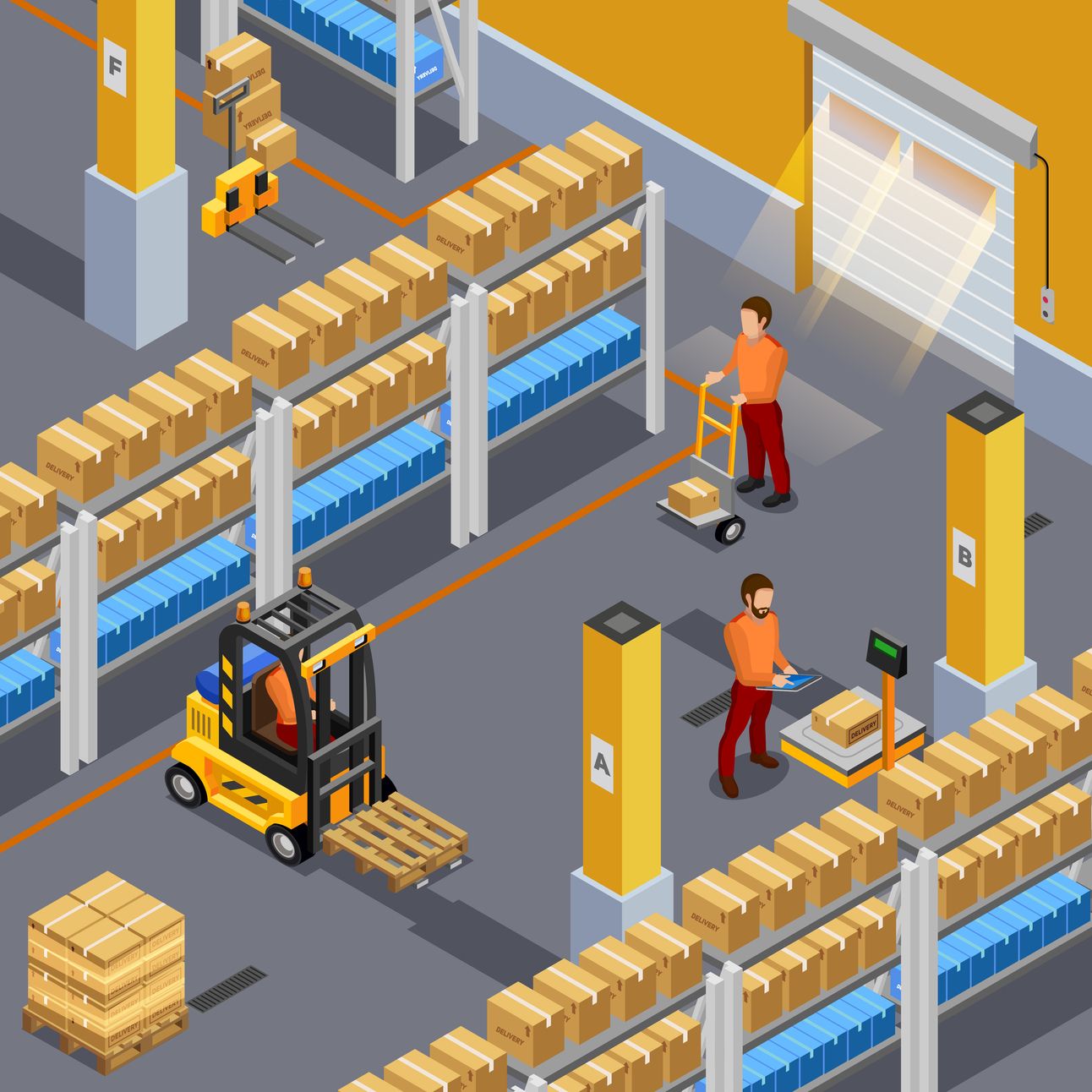
Is there good news on the horizon for operations and manufacturing? According to the Institute for Supply Management (ISM), yes! In January 2024, the ISM's manufacturing report indicated a promising upturn in growth, with the PMI index nudging up to 49.1 from 47.1. This slow but steady climb is a breath of fresh air, especially for sectors like Apparel and Chemical Products that are seeing increased production. On the flip side, areas like Wood Products still face challenges.
However, not everything is smooth sailing. The global logistics scene is tense, with worries about over-reliance on China for production. Many companies are looking to diversify their manufacturing bases away from China, exploring options in Africa and elsewhere to spread out risks and stabilize supply chains.
Adding another layer to this complex landscape, the upcoming Indo-Pacific Economic Framework (IPEF) trade deal is set to reshape supply chains further. Starting February 24, 2024, this agreement aims to boost supply chain resilience across the Pacific, enhancing data sharing and warehousing strategies among member countries, including the U.S., Australia, India, and Japan.
LOGISTICS JOBS
COULD IT FINALLY BE SOME GROWTH IN THE LOGISTICS JOB SECTOR?
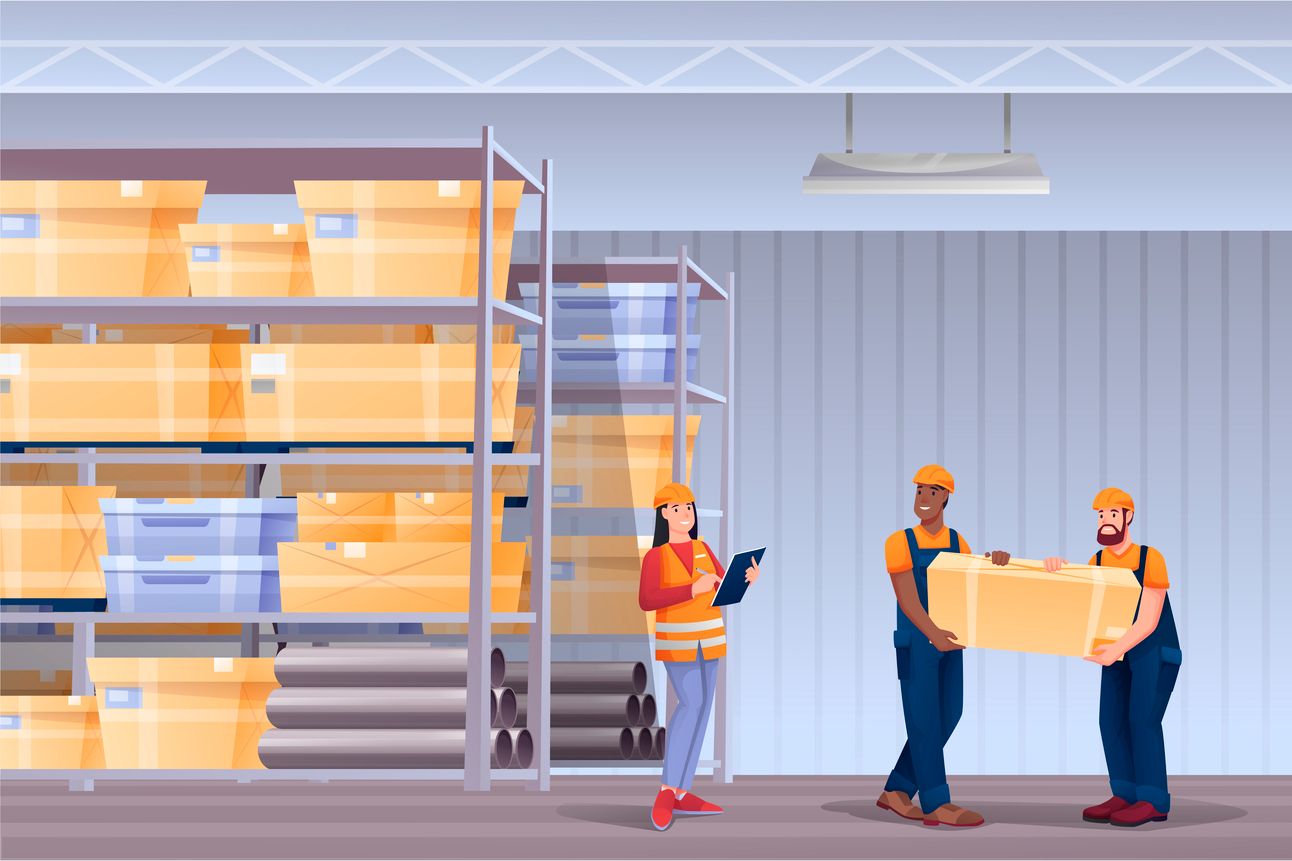
At last, we're seeing a bit of sunshine breaking through the clouds that have hung over the logistics job sector. Despite the challenges faced by freight markets over the last 20 months, January brought a fresh wave of job growth. Logistics companies, spanning from trucking to warehouse operations, have collectively added 10,700 positions. This growth show some signs of potential for stabilization and growth amidst a downturn that saw logistics employment dip by 117,300 jobs from the previous year. Warehousing and storage companies, in particular, are contributing to this positive trend, with 5,500 new jobs added.
Moreover, a study by Descartes highlights a significant workforce shortage in the supply chain sector, with 76% of operations experiencing shortages. Transportation and warehousing roles are most affected, with 61% of industry leaders pointing to these areas as suffering the most. Managers and analysts are among the most needed positions to address these challenges.
However, the job market's resilience raises questions amid layoffs and economic uncertainties. In January, the U.S. job market added an impressive 517,000 jobs, lowering the unemployment rate to a record 3.4%. This surge in employment, against the backdrop of the Federal Reserve's fight against inflation, presents a mixed bag of outcomes. While it showcases economic resilience, it raises questions about inflationary pressures and the Fed's next moves.
WAREHOUSE QUICK DELIVERIES
U.S. TRADE DEFICITS SHRINK, B2B SALES GROW, A SHIPPING CONTAINER DOG RESCUE, AND MORE…
Significant Shrink in U.S. Trade Deficit for Last Year
2024 Outlook: Growth in the B2B Market and Customer Experience
Temu Expands its Platform to U.S. and European Sellers
UPS Faces Volume Decline from Major Customers, Including Amazon
Miraculous Rescue of a Dog from a Texas Shipping Container
Amazon Rolls Out New Driver Safety Feature
Maersk Shares Slide Amid Red Sea Disruption
“Reshoring and nearshoring of manufacturing will reshape the industrial sector over the long run.”

